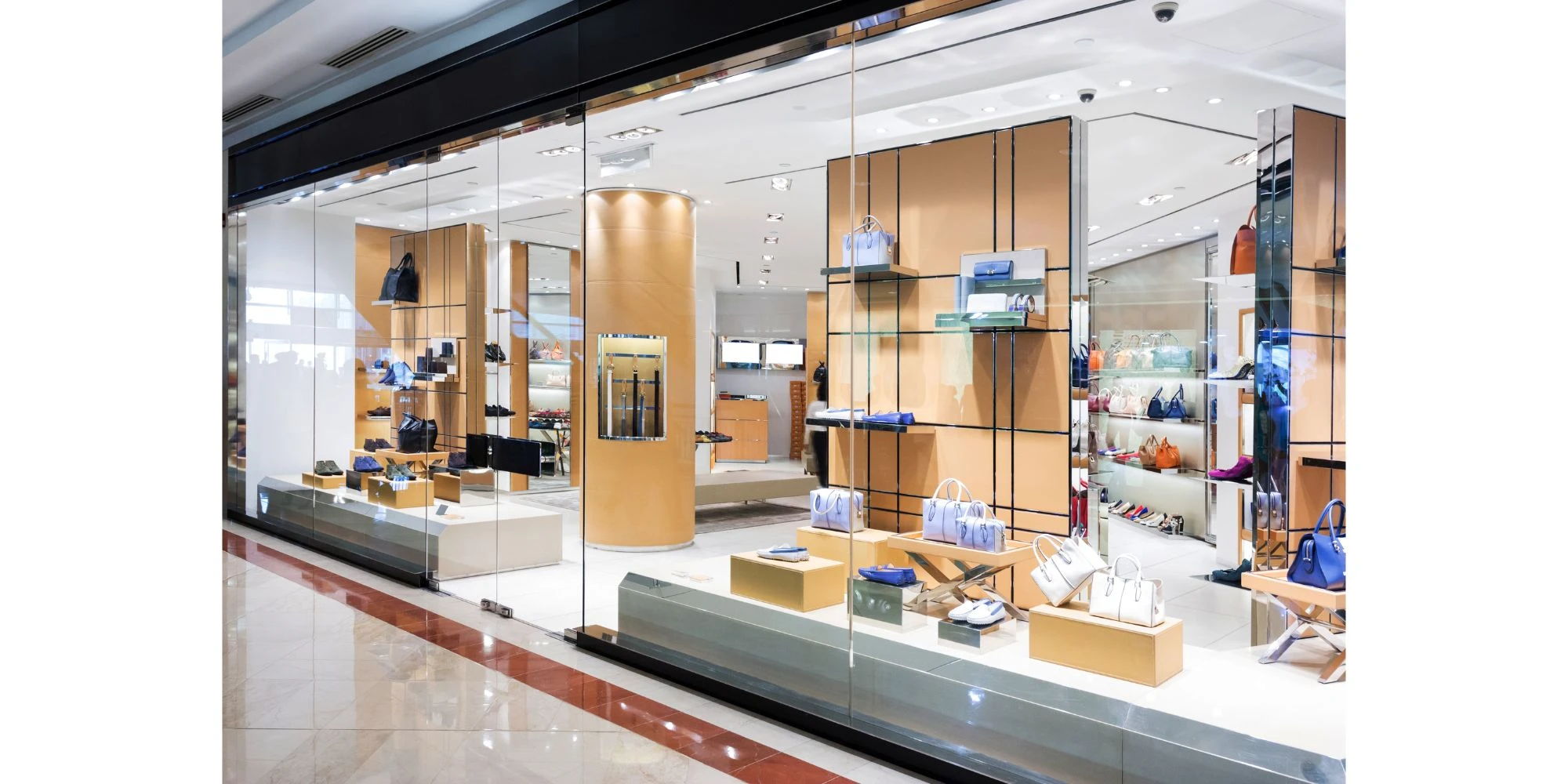Designing a flexible retail space is essential for staying relevant in a rapidly changing retail landscape. A versatile store layout allows retailers to adapt to different trends, customer preferences, and even unforeseen circumstances. To give you some inspiration
Here are nine tips to help you create a flexible and adaptable retail environment:
Modular Fixtures and Furniture
Choose modular fixtures and movable furniture that can be easily rearranged or reconfigured. This approach enables you to change the store layout quickly to accommodate different product displays or promotional setups. This is particularly important if you want to stay up with emerging trends.
Open Floor Plan
Consider an open floor plan that provides ample space and allows for a more fluid customer flow. This design encourages exploration and makes it easier to modify the store layout as needed.
Flexible Shelving and Display Systems
Invest in flexible shelving and display systems that can be adjusted in height and width. Adjustable fixtures enable you to showcase various product sizes and styles effectively.
Incorporate Mobile and Temporary Displays
Integrate mobile displays and temporary fixtures that can be easily moved around the store. These temporary setups are perfect for promoting new products, seasonal items, or limited-time offers.
Embrace Technology
Utilize technology to create an adaptable shopping experience. Digital signage, interactive displays, and smart lighting can be altered easily to match specific themes or events.
Multi-Functional Spaces
Designate certain areas for multi-functional use. For instance, a section used for product displays during regular days could be transformed into an event space for workshops or demonstrations when needed.
Neutral Color Schemes
Choose a neutral color scheme for walls, floors, and fixtures. Neutral colors provide a timeless backdrop and allow you to change the store’s look and feel with different decor and product displays.
Designate Flex Zones
Allocate specific zones within the store for flexibility. These areas can be designated for rotating displays or pop-up shops, enabling you to feature different brands or product categories periodically.
Analyze Store Data
Regularly analyze customer behavior and sales data to identify trends and preferences. This information will help you make informed decisions when modifying the store layout and product placement.
By implementing these tips, retailers can create a dynamic and adaptable retail space that can evolve with changing market demands and customer expectations. A flexible store design fosters creativity and innovation, making it easier to showcase products effectively and create memorable shopping experiences for customers. We can help you make these ideas a reality.
Get A Free Commercial Construction Consultation
At Fuhrmann, we supply all-in-one commercial building solutions. Learn more about our Commercial Building Renovations services by requesting a free consultation with our design experts.
Read More From Our Blog
4 Tips For Designing A Memorable Brand Experience In Retail Stores
3 Retail Store Design Ideas To Maximize Sales
5 Things To Consider When Choosing The Flooring For Your Retail Space

